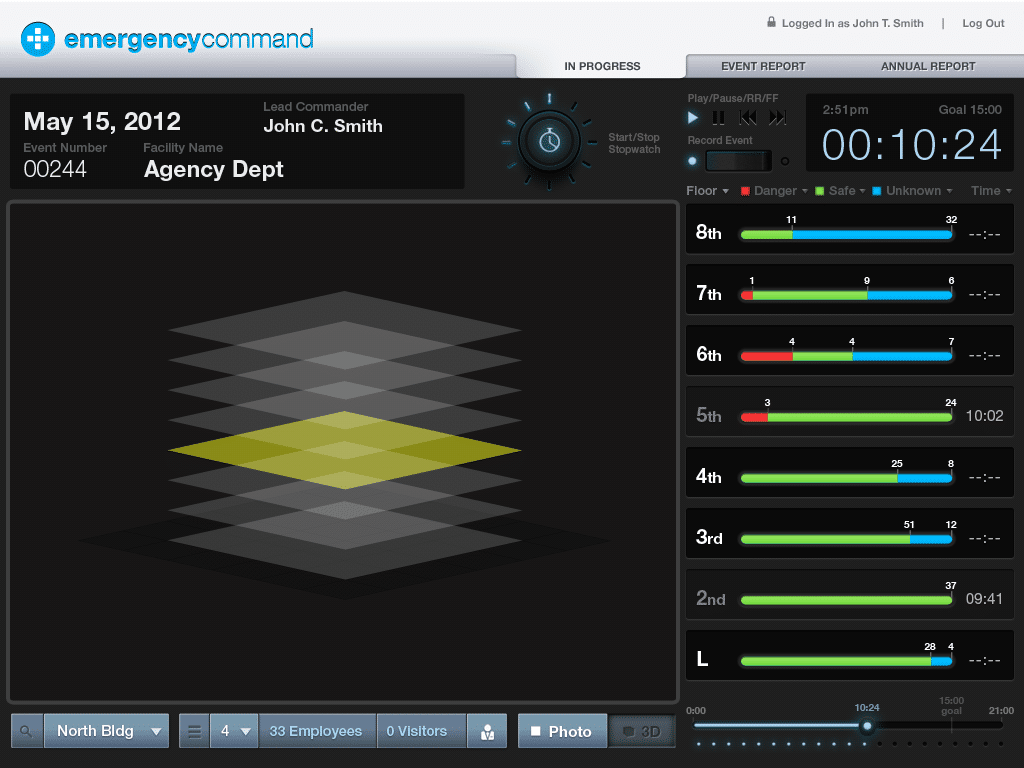
When it comes to data analytics and data visualization, you have options. It might be too many options for you to choose from because they all start to look the same after a while.
Is this a good BI platform? Which software is better? What’s the difference between these platforms? What is the best BI tool?
In a previous post, we presented a list of criteria to consider when choosing a data visualization tool. The same list (with a few modifications) can be used for both analytics and visualization tools.
What to consider
Though most platform capabilities will overlap (since they’re used for the same purpose), there will be differences that you or your organization will discern. This can be anything from design style and data volume to developer limits and team size.
No tool is completely identical so get to know your data before assessing various platforms and software. Once you’re ready, you can consider these points:
- Ease of Use
- Ease of Integration
- Software/Hardware/Operational Costs
- Required Technical Expertise
- Data Permission
- Data Preparation
- Time to Deployment
- Supported Data
- Budget
If you find it difficult to identify these points, there are additional ways to deliberate your choices.
Do a test drive before you buy the car
Even if you’re confident with your selection, don’t make a purchase until you’ve tested your data. Almost all platforms offer a free trial you can try. While using a free trial, make sure to use it as if you’ve purchased it and make note of any advantages, road blocks, vendor support, internal resources, and compare it with other tools. Contact vendor reps for more information, research lessons and tutorials, and even reach out to current customers for an honest review.
If you discover that the tools are beyond your capabilities or not worth a long-term investment, consider consulting a firm like Boost Labs that will build and deploy what you need (via your preferred tool). Contact us for a consultation!
